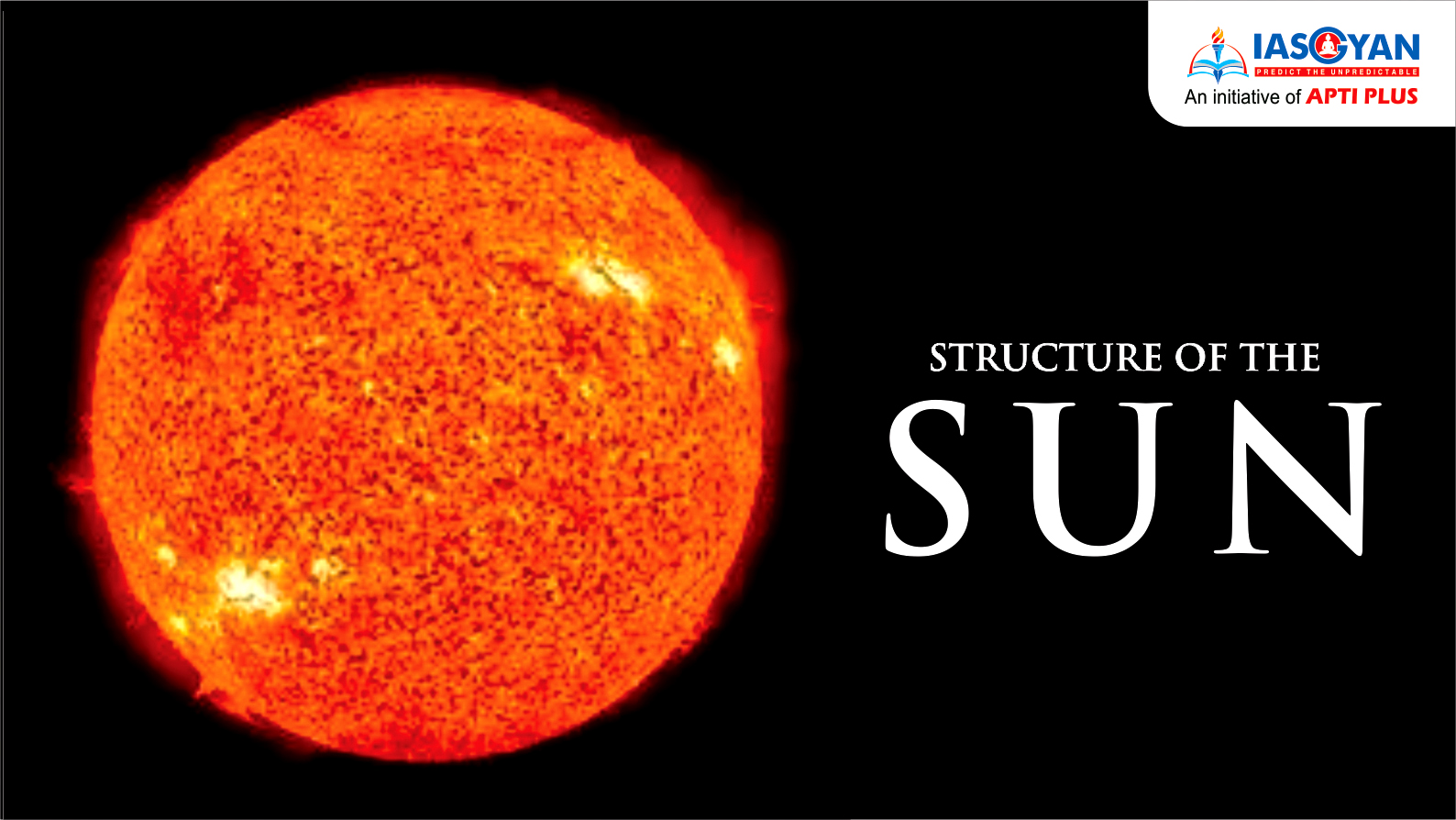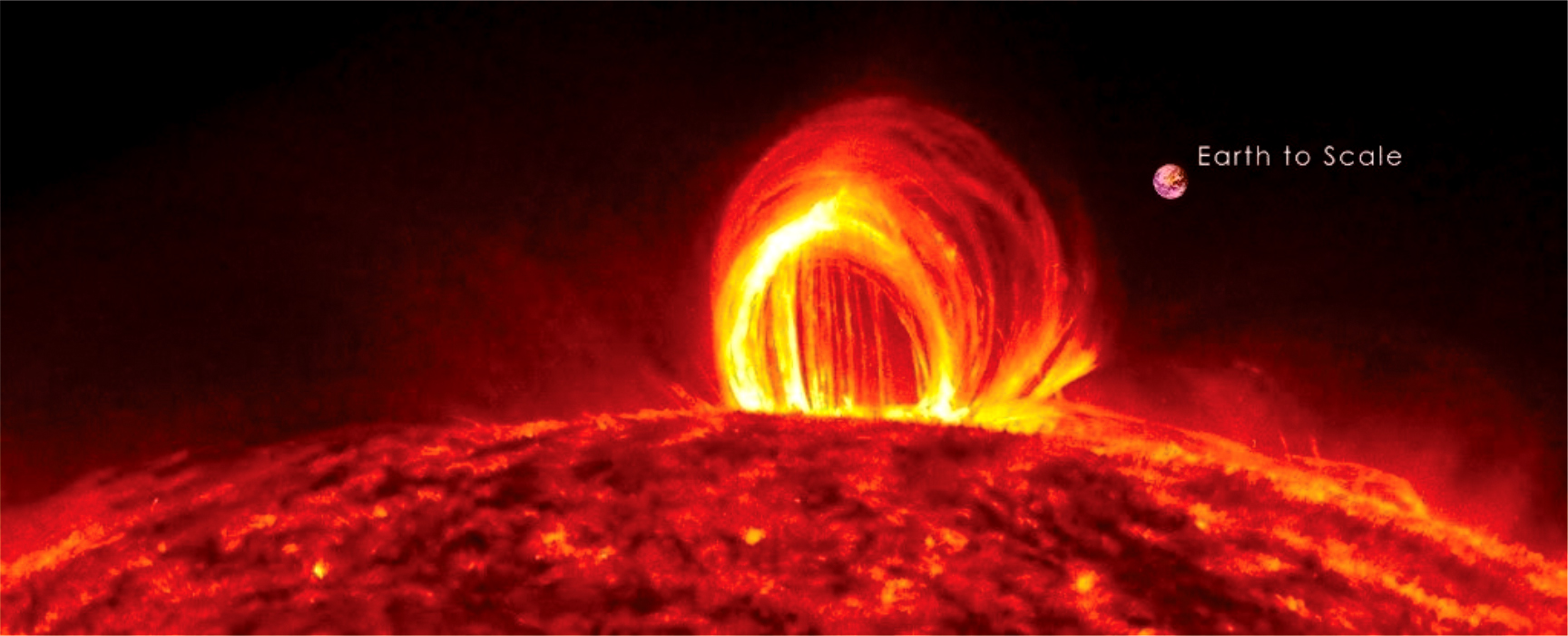
Disclaimer: No Copyright infringement intended
How stars work
In order to have a stable star, the energy it emits must be the same as it can produce. There must be an equilibrium. The main source of energy of a star it is nuclear fusion, especially the proton-proton chain, which can transform hydrogen into Helium.
The energy generated in the core is transported outside by two main mechanisms: radiation and convection. The radiation process consists just of photons emitted by the Sun, and the convection means huge movements of material all throughout its interior, as you can see on the cover.
Scientists call this balance “hydrostatic equilibrium”. There are two main forces acting in a star:
- Gravitational contraction: it is due to the higher layers, this force pushes mass to the
- Radiation pressure: it is produced by the inner layers, and it forces material


The different layers of the Sun
The Sun, like other stars, is a huge spherical object made of hydrogen and helium. Its diameter reaches
1.400.000 km, or 109 times the Earth’s diameter; but is 4 times less dense than the Earth due to its composition. The Sun is not only made of the glowing gas that we see with a telescope. It has, exactly like the Earth, different layers at different temperatures. Every layer has its own features which makes them interesting. Below is a figure of the structure of the Sun with all the different layers and components named.

Figure 1: A slice of the Sun. The nuclear fusion reactions occur in its center Credit: NASA

A short description of the different layers seen on Figure 1 can be read below:
- The core: The core of the Sun is the source of all its energy. The amount of energy produced is nearly continuous, so we do not see a considerable variation in its brightness nor the heat that is given off. The core has a very high temperature and the material it is composed of is very dense due to the extremely high pressure. It is the combination of these two properties that creates an environment where nuclear reactions can take place. These nuclear reactions always produce heavier elements on the periodic.
- The Radiative zone: The transport of energy from the Sun’s core (where it is produced) to the regions that surround it can be done by transferring it by radiation. This is how it travels from the center of the Sun to the outer regions, hence the name “radiative zone”. Through this area of the solar interior, the energy (in the form of radiation) is transmitted by its interaction with the particles in the surrounding. Some atoms are able to remain intact in the radiation zone, since the temperature is slightly cooler than what it is in the core. These particles are capable to absorb energy, stock it for a short time, and then later release that energy as new radiation. In this way the generated energy in the core is passed from one atom to another, wandering on an upwards path, through the radiation.
- The convection zone: The energy that is initially created in the core needs a new transport mechanism to carry on its passage to the Sun’s surface once it is out of the radiation zone. This is necessary since the temperature is relatively cool outside of the radiation zone (2 million degrees Kelvin compared to 5 million in the radiation zone). Atoms will absorb energy much more easily at this temperature, but they do not release it so readily since their surrounding is cool and dense. Therefore, the energy transfer by radiation slows down considerably. The atoms are heated up by absorbing the and rise through the convection zone, bringing this energy (heat) towards the surface.
- The photosphere: The photosphere is also named the apparent surface of the Sun. Since the Sun is wholly made of gas, there is no solid surface (like there is on Earth). However, when we observe the Sun, there is a depth past which the density of the gas becomes so high that we cannot see through it. This region is called the photosphere, or as mentioned the apparent surface. This is the disk that one sees in the sky when one looks at the Sun through a telescope that has a filter, or as a projection on, for example, a sheet of paper.
- The chromosphere: The chromosphere is the layer above the photosphere and is thicker than it. With a very low density, it´s impossible to observe it without narrowband filters or during a total solar eclipse due to the brightness of the photosphere behind Furthermore it’s less dense than the photosphere.
- The corona: It is the biggest and least dense structure of the Sun and it surrounds it. It is composed of plasma escaping from the Sun that reaches 1.000.000 kelvin. Furthermore, the solar wind transports the material of the corona out to the interplanetary medium. From Earth, the corona is only visible during a total solar eclipse.
|
Type of radiation
|
Temperature
|
Thickness of the layer
|
Density
|
|
Photosphere
|
8000 – 4500 K
|
500 km
|
~10-4 kg/ m3
|
|
Chromosphere
|
4500 - 20000 K
|
1600 km
|
~10-8 kg/ m3
|
|
Transition Zone
|
20000 – 106 K
|
100 km
|
~10-10 kg/ m3
|
|
Corona
|
106 - 3x106 K
|
>107 km
|
~10-13 kg/ m3
|
Table 1: Temperature, density and size of every layer of the Sun [Credit: (CESAR)]

Neither their temperature nor their composition are the same, so the solar activity on these layers is very different. These different features are:
- The sunspots: When looking at the Sun through an adapted telescope (or by projection), dark spots can sometimes be observed. These dark, continuously changing areas are called sunspots and they are generated on the photosphere. They appear darker to the eye for the reason that their temperature is not as high as the neighbouring gas. This happens because the temperature of the sunspots vary from 3000 to 4500 K, meanwhile in the rest of the photosphere the temperature is usually around 5780K. Moreover, a very high concentration of magnetic field lines go outside and inside the Sun through the sunspots. Sunspots usually pop up in pairs or in groups, and they usually appear in belts to the north and south of the Sun’s equator.
- The flares: Not only the sunspots indicate the Sun’s activity, also solar flares do. The Sun usually ejects material from its chromosphere and corona. This material contains a huge amount of energy that the Sun releases in form of flares. From Earth, these flares are observed as a flash of light that increase the brightness of the Sun in that region. Sometimes, these flares are extremely powerful and the material ejected (typically electrons and hydrogen atoms) escape from the Sun´s gravitational field so they are free to travel through the Solar System.

Figure 3: Solar “coronal rain” – some of the material released from a solar flare – falling back down to the Sun.
- The prominences: They are also called filaments, and they are formed in the A prominence is a huge structure of gas at a very high temperature that is held up by magnetic field lines above the surface of the Sun. We often observe them with long, twisted shape.
- The coronal mass ejections (CMEs): It may occur that the twisted magnetic field holding up a prominence becomes unstable and rises up very suddenly and quickly. If that occurs, the material of the prominence could be released out of the Sun, reaching a speed of 1000 km/s. This is known as a CME. They sometimes happen at the same time as flares, but where the flare releases light, a coronal mass ejection releases material. They usually last several hours, until all the twisted magnetic field lines are finally broken and rearranged. These ejections release huge amount of matter and electromagnetic energy (EM radiation) when this occurs, and if the ejection is pointed at the Earth, in 2–5 days an intense flux of particles will arrive to Earth. The CME also brings twisted magnetic field with it, which can play a little with the magnetic field of the Earth, causing aurorae and other effects.








